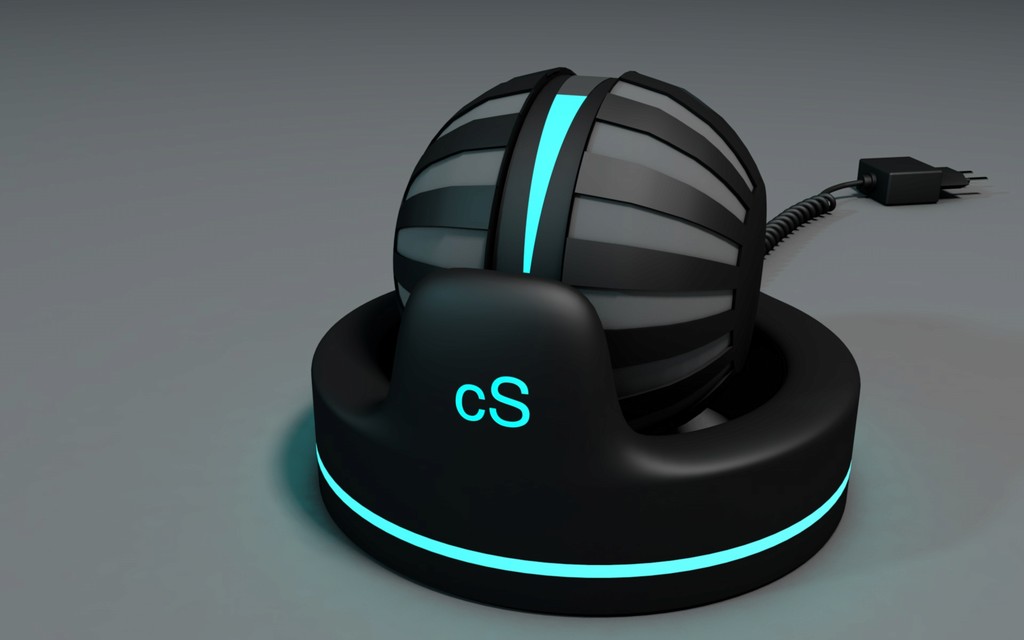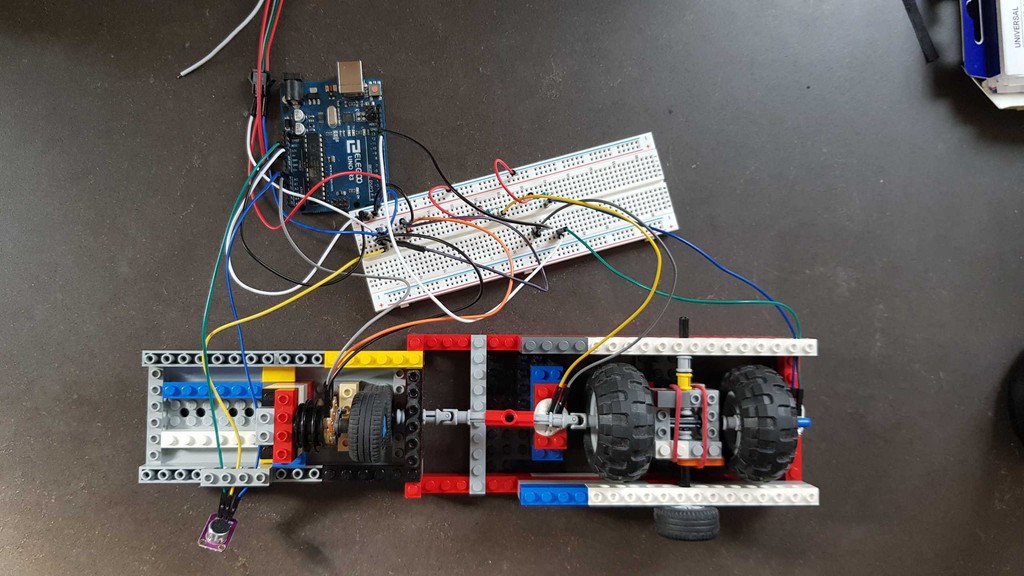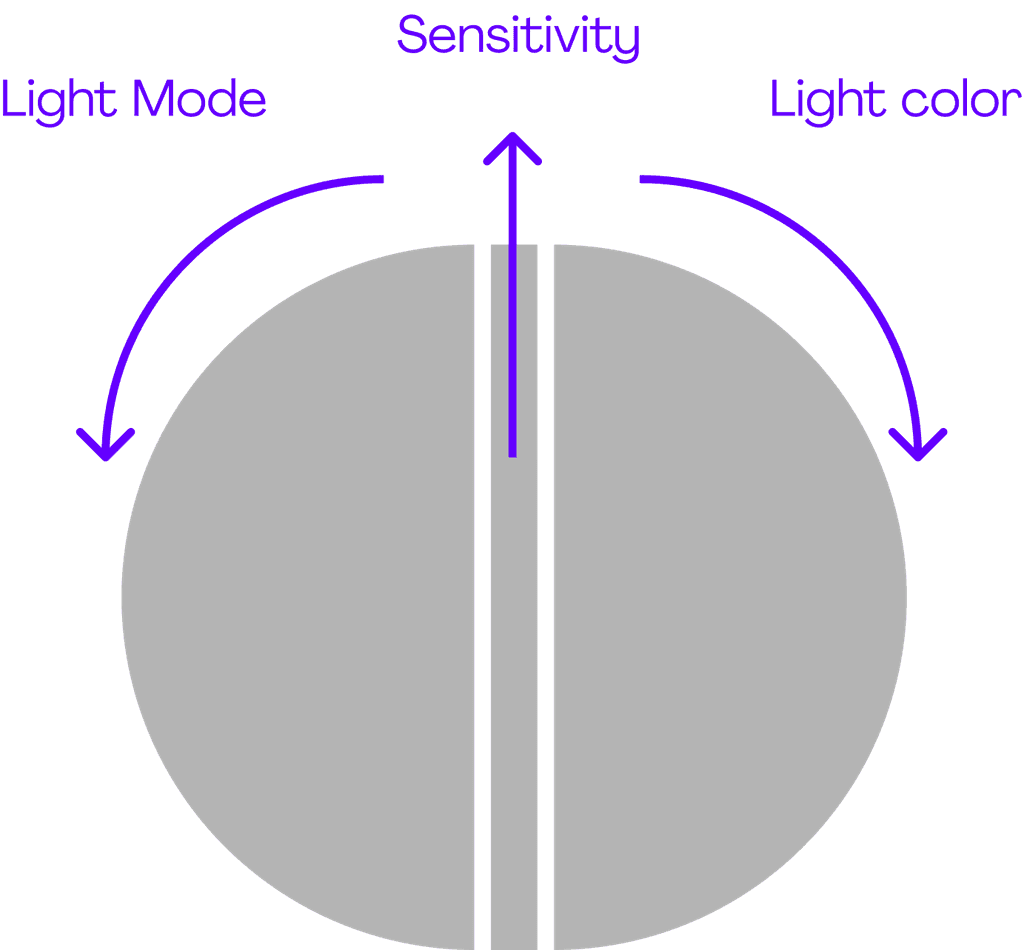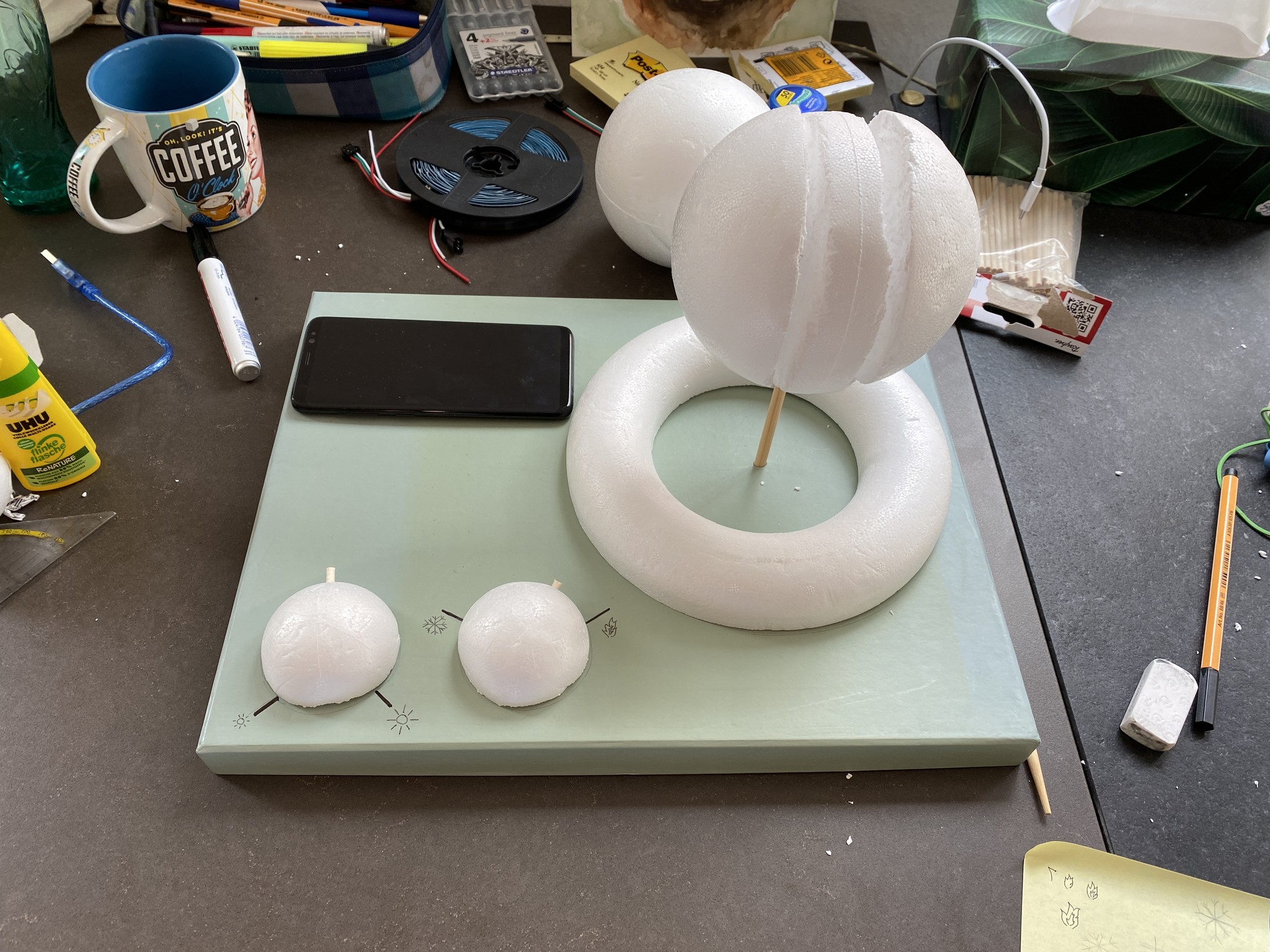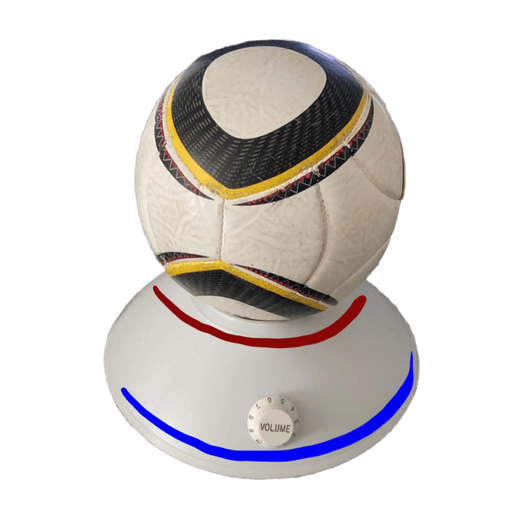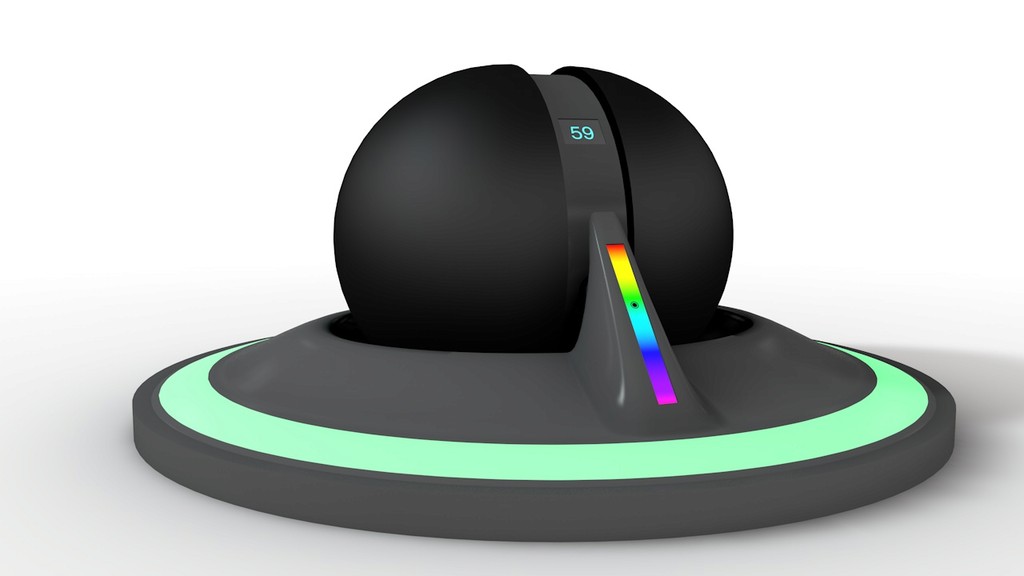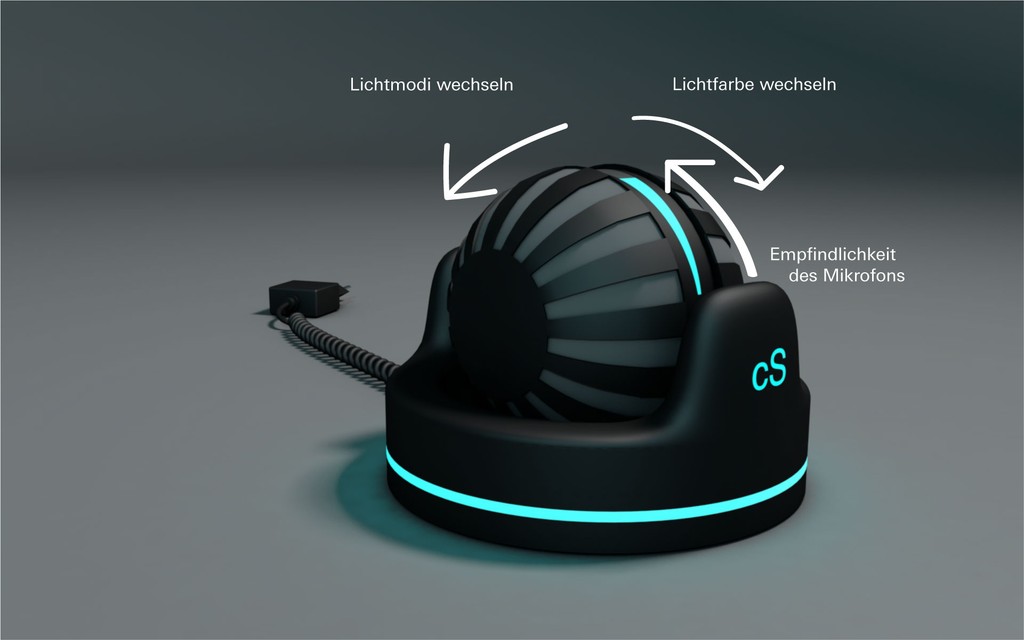A haptic interface designed to control various lighting parameters.
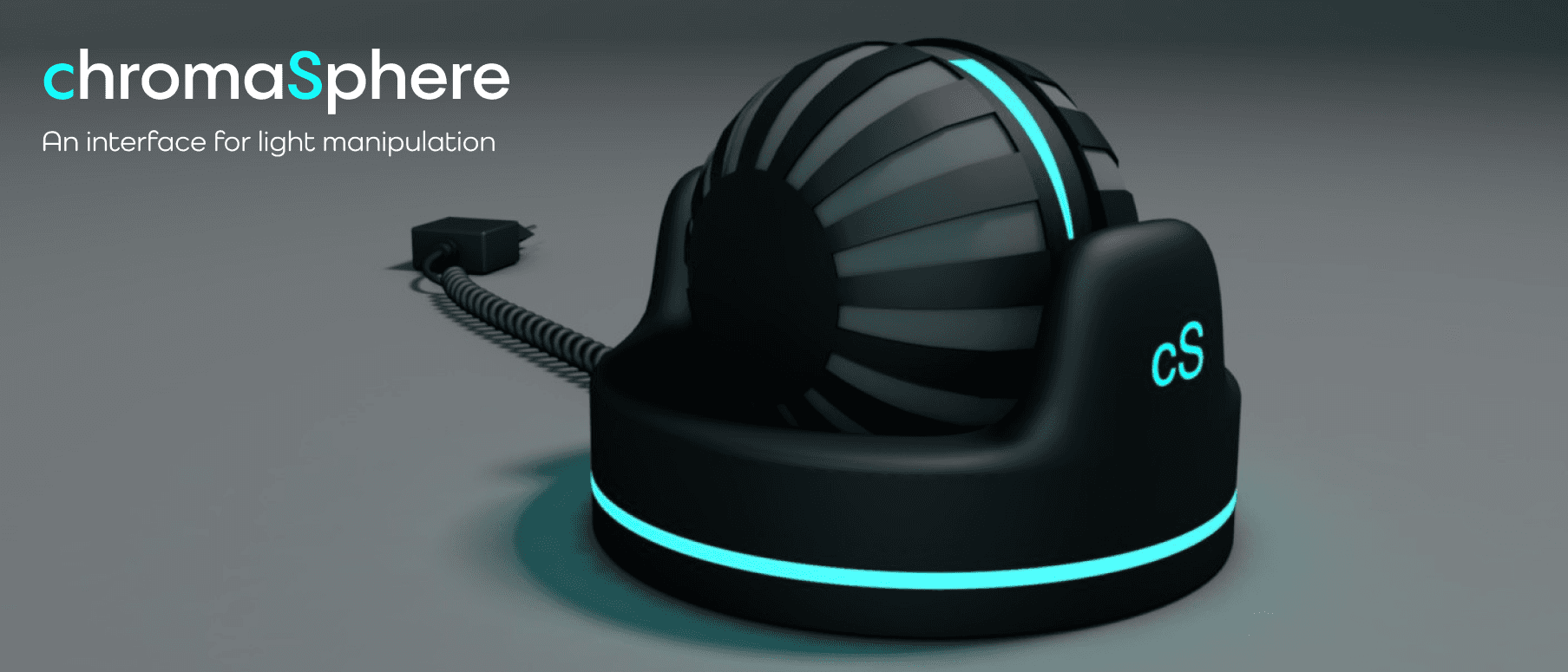
Skills
Interface Design, User Testing, Prototyping, Arduino, Cinema4D, PremierePro
Methods used
Haptic prototyping, Rapid prototyping, Usability Testing, Crazy 8, Design Sprint, think aloud
Team
Carlo Mailänder, Alexander Struppe
Supervision
Prof. Michael Schuster, Prof. Carmen Hartmann-Menzel
Duration
Mar. 2021 - Jul 2021
Category
University Project
The idea
During the COVID-19 pandemic, when social gatherings were limited, we aimed to bring the party atmosphere home by designing a haptic user interface for controlling lights. Our goal was to create a device that combined gesture controls, similar to a theremin, with a tactile experience, enhancing the ambiance of home parties.
What we did
Understand
We started by brainstorming the key parameters of a lighting setup and how these could be manipulated in various ways.
Sketch
With these parameters defined, we moved on to sketching concepts for an analog interface, focusing on implementing at least three controllable light parameters.
Prototype
With our sketches in hand, we began developing both visual and functional prototypes to bring our concept to life.
Where we ended up
Form prototype
After several iterations, we finalized a design featuring a single sphere suspended in an organically shaped holder. The suspension is crafted from smooth plastic, while the sphere itself is made of slightly textured rubber or plastic to enhance the tactile experience.
Functional prototype
We built the functional prototype using a Lego construction and a tire as the sphere. The control mechanisms were managed with an Arduino and custom code. Tilting the sphere triggered buttons that switched between light modes or colors depending on the direction.
Control mechanism
Microphone Sensitivity: Scrolling the sphere up and down adjusts the sensitivity.
Color Switching: Tilting the sphere to the right changes the colors.
Mode Switching: Tilting the sphere to the left switches between different light modes.
Controlled parameters
Microphone Sensitivity: Adjusts the light's brightness and intensity based on ambient sound. High sensitivity results in bright, dynamic lighting, while low sensitivity produces a dimmer effect.
Color Switching: Allows users to change colors on the fly.
Mode Switching: Enables toggling between various light modes, such as flashing or pulsing lights.
User testing
Our primary focus was testing the form prototype to fine-tune the controls. Feedback from user tests and supervisors was integrated into the design, leading to adjustments and improvements. To visualize the final design, we used Cinema 4D. Although the functional prototype wasn't tested by external users, feedback from fellow students and our supervisor provided valuable insights.
What I learned
This project was perfect for learning the basics of crafting interesting and intuitive interfaces. It was also really interesting to work with Arduino to create a truly working prototype.
Project insights
Some impressions of the project and progress.
